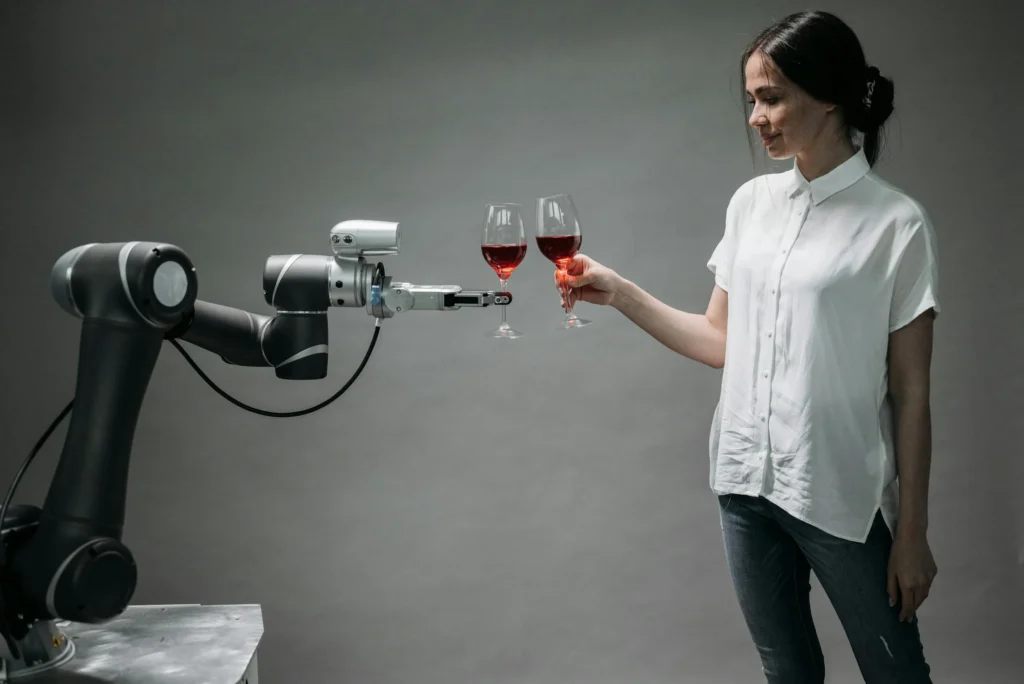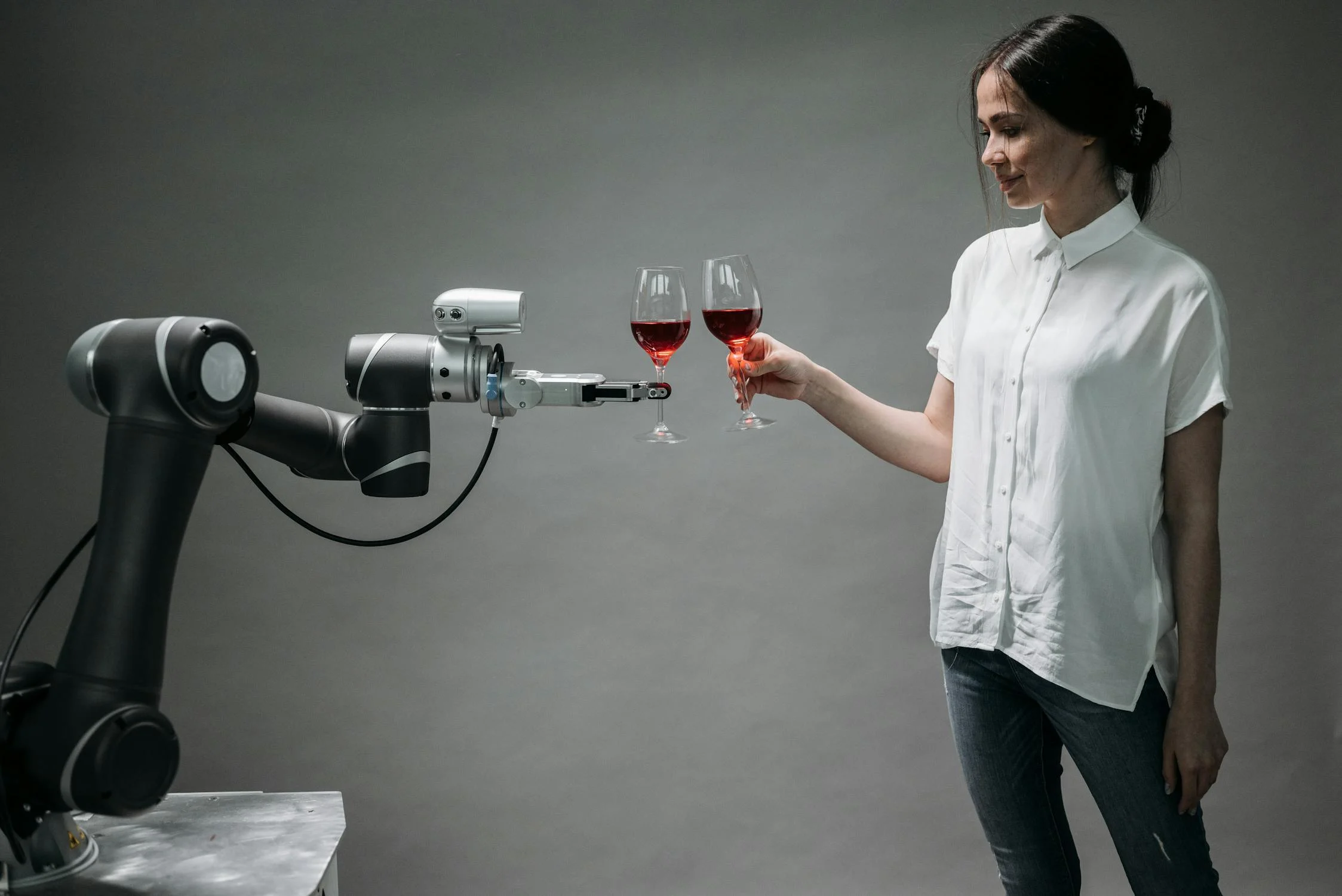What is Robotics?
Robotics is a feild of engeenering that deals with designing, buidling, and opreting robots. These are mashines programed to carry out tasks automaticaly or semi-automaticaly. Robotics combins multipl disciplins, including mechnical engeenering, electrnics, and computor scince.
Types of Robots
1. Industrial Robots
Indstrial robots are used in factries for manfucturing and assembely lines. They perfom repetitve tasks with high accurracy and speed, reducing human labour.
2. Humanoid Robots
Humanoide robots resemble humens in appearence and behavier. They are used in custmer servise, healtcare, and even entertanement.
3. Autonomous Vehicles
Self-driving cars and drons fall under this categry. They use advancced sensors and AI to navigatte without human interfarance.
4. Medical Robots
Medicle robots assist in surgerries, patient care, and drug delivary. They enhanse precisian in medical prosedures and improve healtcare outcomes.
5. Military and Defense Robots
These robots are used for survelance, bomb disposal, and combbat suport. They help reduce the risk to human soldeirs in dangerus sitations.

How Robots Work
Robots rely on various componets and technolgies to function efectively.
1. Sensors
Sensers help robots detect there enviroment. They use camras, infared sensors, and lidar to perceeve there surrondings.
2. Artificial Intelligence
AI allows robots to lern from data, make desicsons, and improve performence over time.
3. Actuators
Actuators enable robots to move and interract with objects. They includ moters and hydraulics systems.
4. Power Supply
Robots requre power sources like batterys or electrity to oprate eficiently.
Applications of Robotics
1. Manufacturing
Robots streamlin prodution lines, improve eficiency, and reduce errors in manufactring industries.
2. Healthcare
Medical robots assist in surguries, elder care, and rehabilitaton, making healtcare more efective.
3. Agriculture
Robots in agriculter help with planting, harvesting, and monitering crops, reducing labor costs and increesing yeild.
4. Space Exploration
NASA and other space agencys use robots for planetery exploraton and colecting scientfic data in extrme enviroments.
5. Domestic Use
Home robots like vacumm cleaners and personal asistants improve daily convienence and home automattion.
Challenges in Robotics
1. High Costs
Devoloping and maintainig robots can be expencive, limiting their accesibility.
2. Ethical Concerns
The rise of automattion raises questions about job displacemnt and the ethical use of AI in robots.
3. Technical Limitations
Robots still struggle with complex tasks that requre human-like adaptabilty and understanding.
Future of Robotics
With advancments in AI and mashine lerning, robots will beccome more sophisticatted and integrated into everyda life. They will play crucial roles in industres such as healthcare, transportattion, and personal asistence.
Conclusion
Robotics is tranforming the way we work and live. As technology continues to evolve, robots will beccome more capble and eficient, driving inovation across varius sectors. However, adressing ethical and techical challanges will be essential to maxmizing there benifits.
